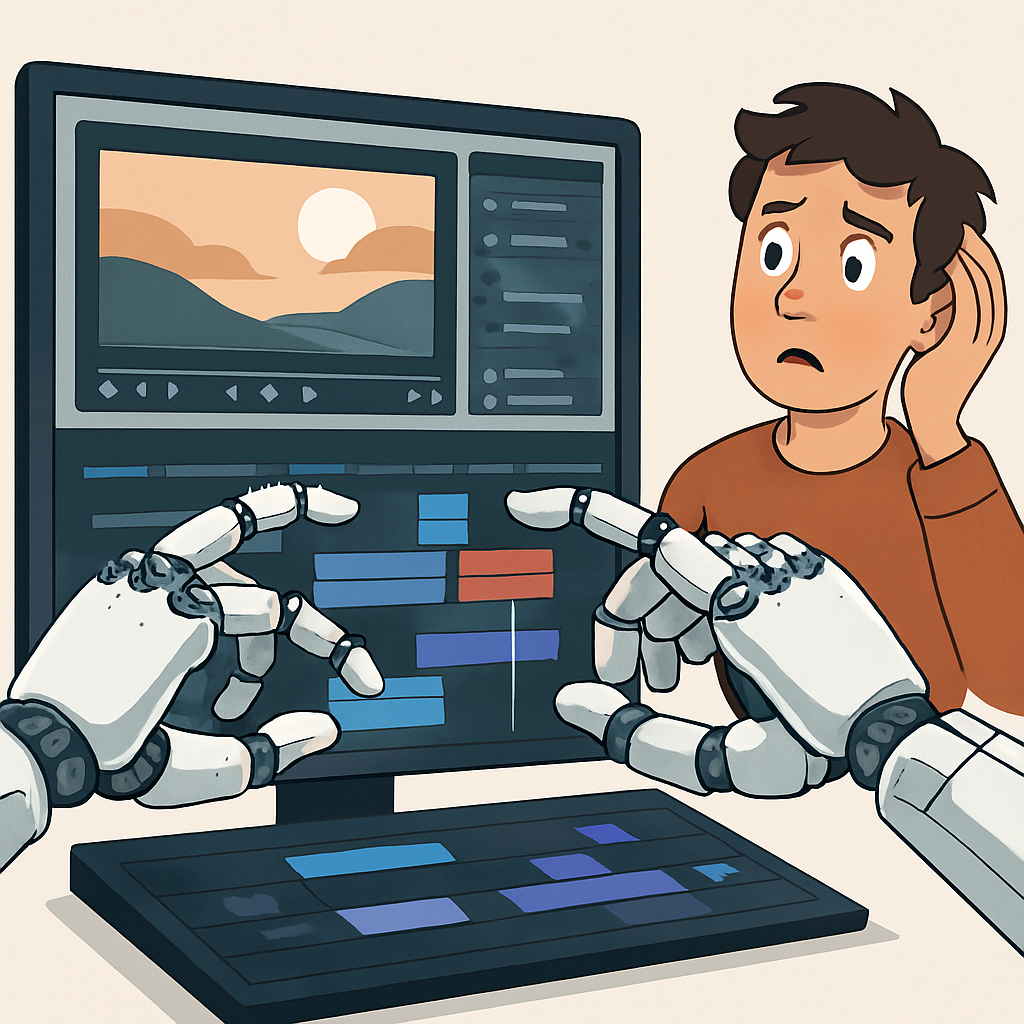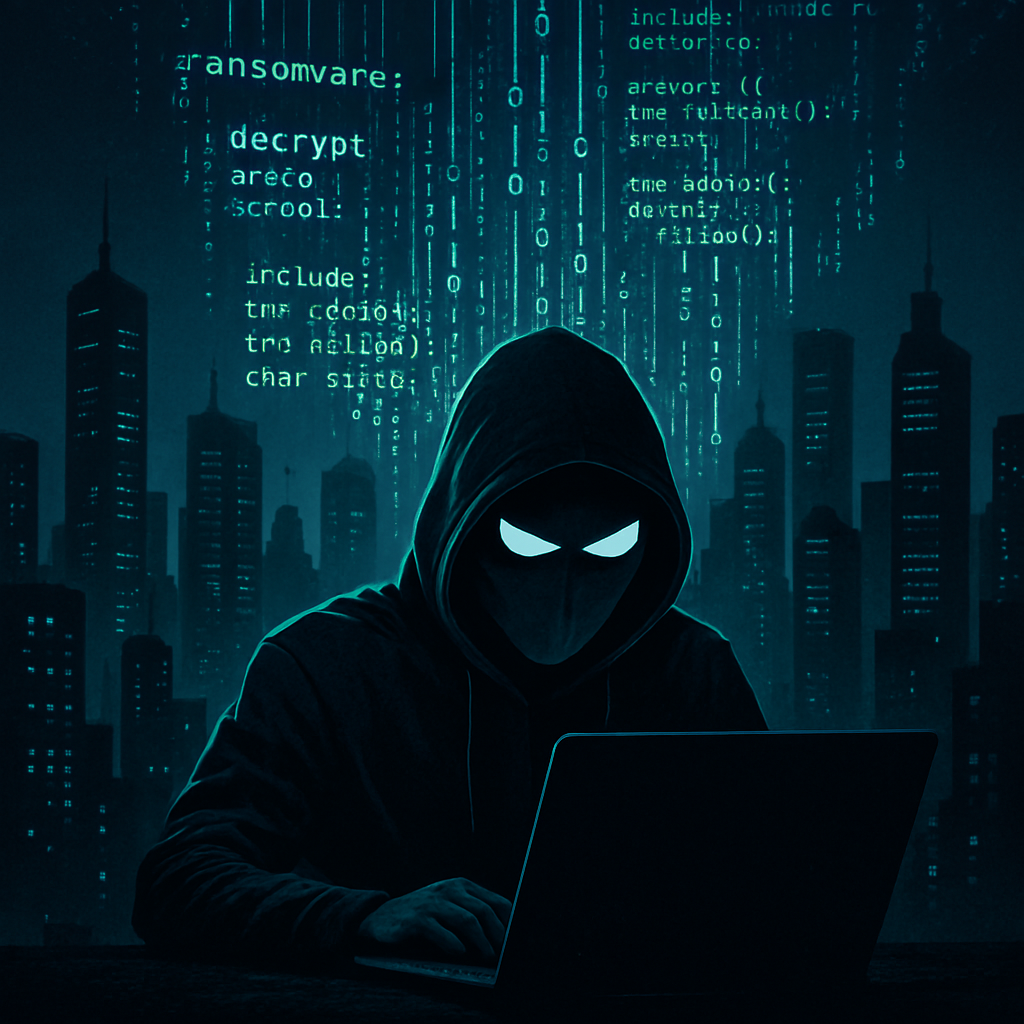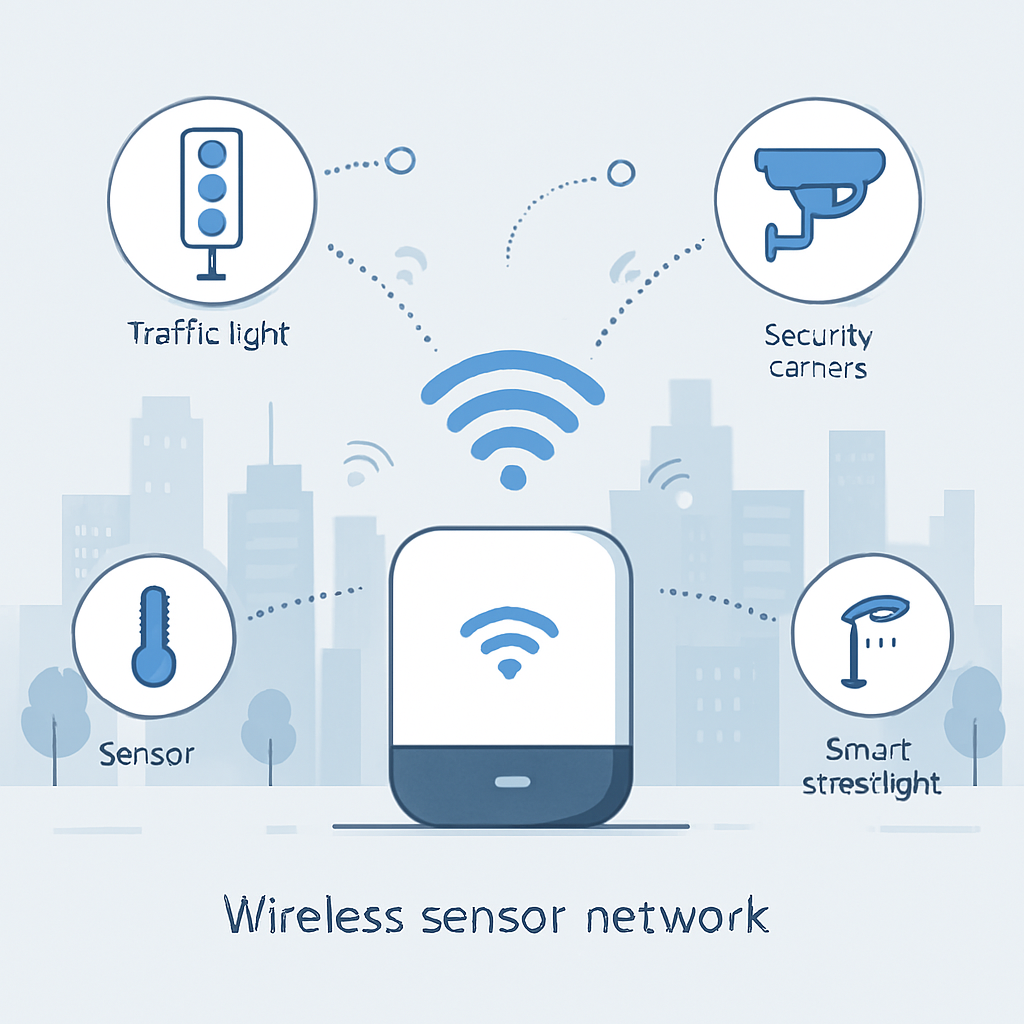YouTube AI Editing: Why Creators Are Concerned About Automatic Changes
Introduction
YouTube has become the world’s largest platform for video creators, offering both visibility and income opportunities. However, recent reports suggest that YouTube AI editing is now quietly altering videos without creators’ explicit permission. While artificial intelligence is increasingly used across industries, this development raises serious concerns about content ownership, creative control, and transparency. For creators who depend on their videos for income and brand identity, the idea of platform-driven edits sparks both curiosity and alarm.
The Rise of AI in Content Creation
Artificial intelligence has transformed digital media. From automatic subtitles to AI-generated thumbnails, YouTube has long relied on machine learning to improve user experience. The introduction of YouTube AI editing takes this a step further by directly modifying video content. While AI can make adjustments that enhance clarity, reduce copyright risks, or improve engagement, the lack of explicit creator consent has become a major sticking point.
What Is YouTube AI Editing?
At its core, YouTube AI editing refers to the use of algorithms that scan, adjust, or modify parts of uploaded videos. Reports suggest that changes may include:
- Removing background noise or copyrighted audio
- Adjusting visuals for quality consistency
- Blurring sensitive or restricted content
- Reformatting videos for better viewing on mobile devices
While these adjustments may appear beneficial on the surface, many creators argue that automated edits compromise their creative vision and brand authenticity.
Why Creators Are Concerned
The controversy around YouTube AI editing is less about the technology itself and more about the way it is being implemented. Creators highlight several key concerns:
1. Loss of Creative Control
Every cut, effect, and sound in a video represents intentional choices made by the creator. When AI makes edits without permission, those choices are overridden.
2. Transparency Issues
YouTube has not fully disclosed when or how these edits are applied. Without clear communication, creators are left uncertain about which parts of their work remain untouched.
3. Impact on Monetization
Video monetization is sensitive to changes in tone, length, and content. Even minor adjustments from AI could affect ad placements, viewer retention, and revenue.
4. Copyright and Liability Risks
If YouTube AI editing modifies content in ways that lead to copyright disputes, creators may find themselves responsible for issues they did not cause.
Potential Benefits of YouTube AI Editing
To be fair, not all aspects of AI-driven edits are negative. Some possible benefits include:
- Improved Compliance: Automatically removing copyrighted audio could prevent strikes.
- Enhanced Accessibility: Optimizing sound and visuals can make content easier to consume for wider audiences.
- User Experience: AI adjustments may improve video quality for mobile and international viewers.
However, these benefits lose value when creators feel excluded from the decision-making process.
Balancing Innovation and Creator Rights
The heart of the debate lies in balancing technological innovation with creator autonomy. AI is an inevitable part of digital platforms, but its role should complement rather than override human creativity. For YouTube AI editing to be accepted, creators expect:
- Clear Opt-In or Opt-Out Settings – Allowing creators to choose whether AI edits apply to their videos.
- Detailed Transparency Reports – Informing creators of any edits made and why.
- Monetization Safeguards – Ensuring automated changes do not affect income streams.
- Appeal Options – Giving creators the ability to reject or reverse AI-driven modifications.
The Bigger Picture: AI and Digital Content Ownership
The controversy also highlights a broader issue—who truly owns digital content once it is uploaded to a platform? While YouTube provides the infrastructure for creators to share and profit from their work, creators argue that final editorial control should always remain in human hands.
YouTube AI editing could set a precedent for other platforms, leading to an industry shift where AI becomes a silent editor across media. Without proper safeguards, this could redefine the relationship between creators, platforms, and audiences.
How Creators Can Respond
Until YouTube offers more transparency, creators can take several proactive steps:
- Stay Informed: Keep track of platform updates and policies regarding AI tools.
- Preserve Originals: Always maintain original video files outside of YouTube.
- Engage Communities: Participate in forums, creator groups, and discussions to push for accountability.
- Test Content Variations: Upload controlled experiments to monitor whether AI changes are applied.
Conclusion
The rise of YouTube AI editing highlights the tension between technological advancement and creative freedom. While AI has the potential to enhance video quality and compliance, the lack of permission and transparency undermines trust between creators and the platform. For YouTube to maintain its reputation as a creator-first space, it must strike a balance—leveraging AI responsibly while preserving the rights and intentions of its human creators.
The future of content creation will undoubtedly involve AI, but whether it empowers or restricts creators depends on how platforms like YouTube handle this evolving responsibility.




Comments are closed